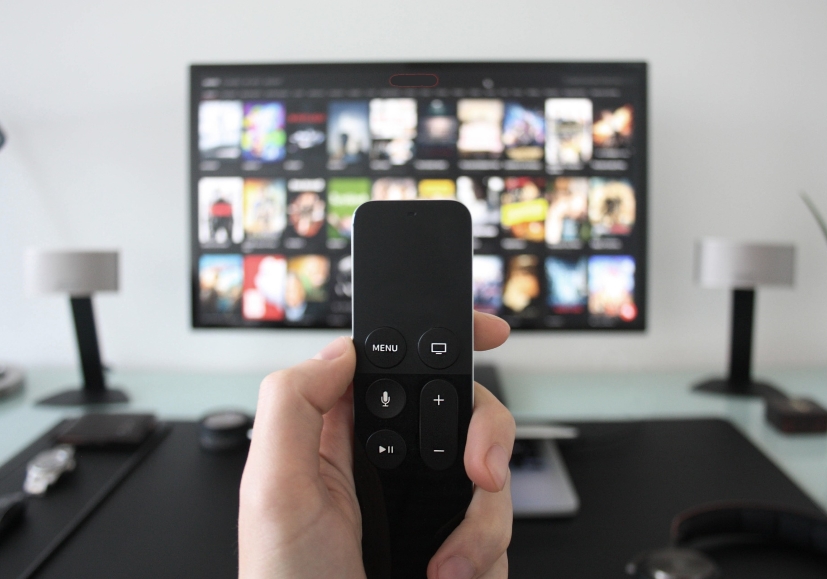Believe it, or not
Television shows and movies do it all the time: “We have the surveillance video, but we just can’t make out his face!” Then, the overzealous lab tech exclaims, “Oh, I’ll just zoom in on the reflection of his face in the car window, flip it, and enhance the image.” Scenes like this are all too common in modern day television and film. Enhancing digital images seems rather simple, but the reality is that identifying someone with this sort of “enhancement” really isn’t possible. So, does this mean that all digital enhancements we see on TV are fake? Not entirely, but many of them are.
Remember the resolution
The most common fake enhancement typically revolves around being unable to clearly make out a face, license plate, or some other fine detail in an image. This is due to the camera not having enough resolution. If we examine the example found in the Lumenera Solution Sheet: Camera Selection for Intelligent Traffic Systems, we can see the impact that a camera’s resolution has on its ability to make out the fine details in a license plate.
Comparing the license plates after the first lamp post (the nearest horizontal dashed line) we can see that the plate from the 16 megapixel Lumenera Lt16059H isn’t entirely legible. Increasing the resolution to 29 megapixels with the Lumenera Lt29059, the license plate at the same position becomes quite clear. Below is an enlarged version of each plate.
Further “enhancing” these license plates with Adobe Photoshop yields the below images.
Although some of the edges in the lettering are a little sharper and the contrast is a little more pronounced, no additional visual information is revealed. This is due to the simple fact that pixels containing actual data cannot be added to the image. If the data wasn’t there to begin with, it is impossible to add it after the fact. The algorithms that software like Photoshop use will interpolate existing data to enlarge an image and make it seem like it has higher resolution, but no new data is revealed.
To see finer detail in the image, a higher resolution camera must be used. In the case of the 29 megapixel Lumenera Lt29059, the license plate is clearly legible to the human eye, even without being post-processed in Photoshop (It reads, “BX***43.”).
Step into the light
Other enhancements seen on the big screen involve brightening a dimly lit scene to make out hard-to-see details in an image, like the lettering on the bad guy’s jacket. While there are ways to correct for this during image acquisition, such as increasing the gain, once the image has been captured, we are still stuck with just this data, and more importantly, stuck with the missing data.
In cases where the camera’s dynamic range is large enough, dark portions of the image can be brightened to make some details easier for the human eye to see. Since our eyes have trouble discerning contrast in darker areas of an image, we can digitally brighten areas by using a digital gain to help us make out subtle details. If we return to our example above, the image captured by the Lumenera Lt29059 has a vehicle’s license plate that is hidden by the shadow of the truck. The plate is displayed both normally and with a digital gain of five. The plates are also enlarged and displayed below.
In cases where the camera’s dynamic range is large enough, dark portions of the image can be brightened to make some details easier for the human eye to see. Since our eyes have trouble discerning contrast in darker areas of an image, we can digitally brighten areas by using a digital gain to help us make out subtle details. If we return to our example above, the image captured by the Lumenera Lt29059 has a vehicle’s license plate that is hidden by the shadow of the truck. The plate is displayed both normally and with a digital gain of five. The plates are also enlarged and displayed below.
Since the Lumenera Lt29059 has a large dynamic range, it was able to image the bright and dark parts of the scene and collect usable data for both areas. This means there was data in the shadow, so we were able to enhance it by multiplying the values of the pixels in that area. If a camera with a lower dynamic range were used, it is possible that the shadow would have been too dark and we would not have been able to make out the plate with the missing data.
Is the data there?
So, the rule of thumb when watching your favourite programming and you find yourself asking if that image enhancement is really possible, remember this: Could the data have been there in the first place? If the answer is no, then the magic of TV or movies might be helping to move the story along!
Learn More
To learn more, sign up for our newsletter to automatically receive regular updates from Lumenera.







